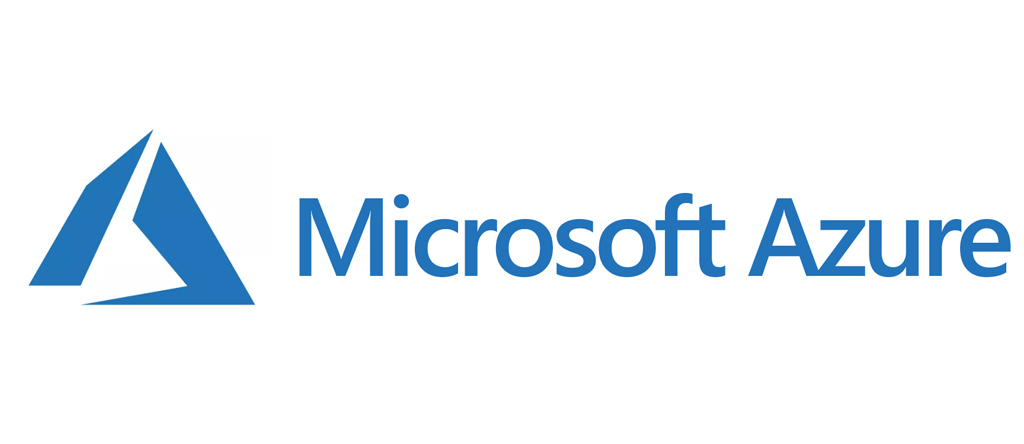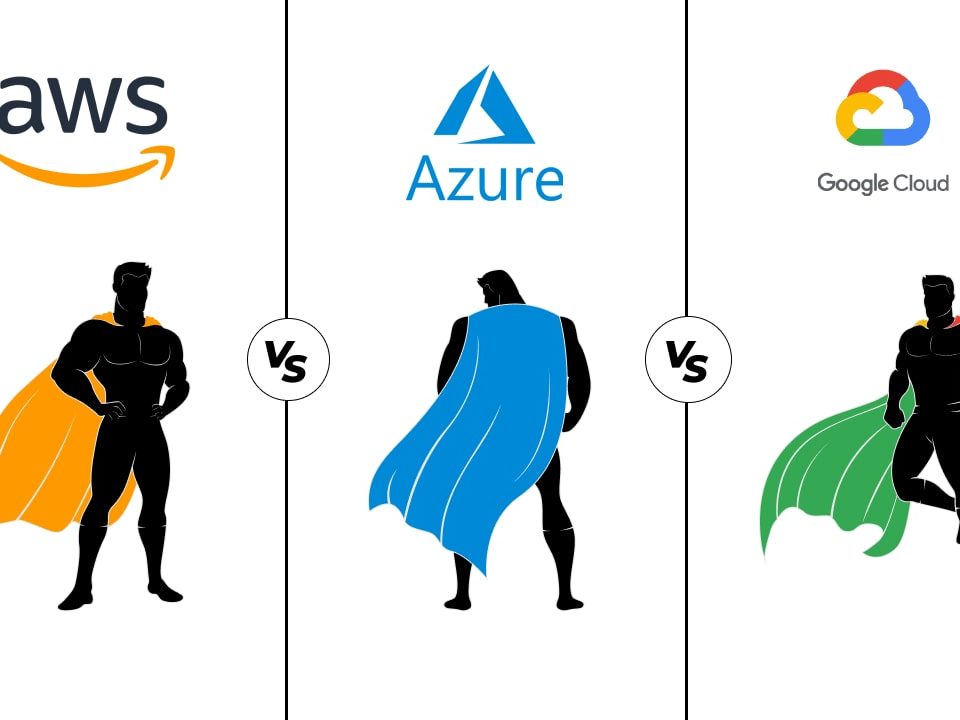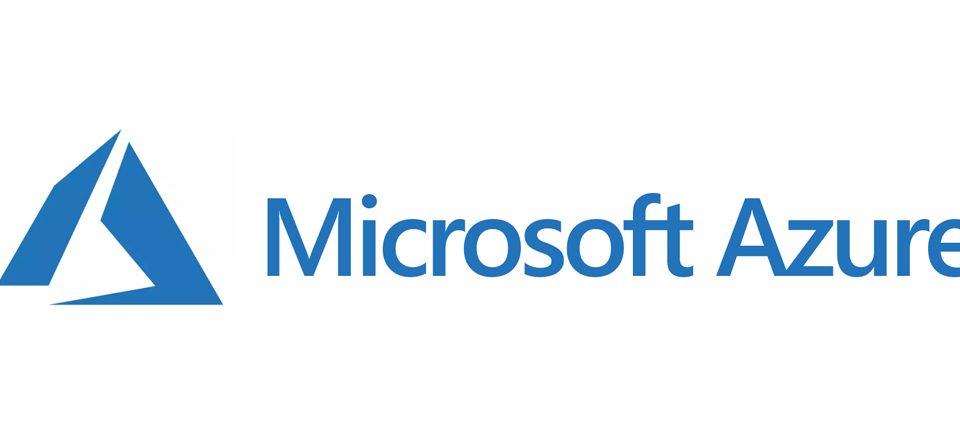
RPA (Robotic Process Automation)
25th December 2019
What is Apache HBase?
30th December 2019Forbes says that Microsoft Azure is set to boost the size of the IT market by $10 trillion in the next 10 years! But what is Azure? Azure is just another set of cloud services that is used to construct, establish, and manage applications through Microsoft’s globally distributed network of data centers. It’s an elastic platform, that can be used to run applications on the cloud or simply improve the current applications with cloud capabilities.
Did you know that almost 95 percent of 500 Fortune companies are using Azure? Also, Azure is 5 times cheaper than AWS in terms of Windows and SQL server. You would have wondered about questions like what is Microsoft Azure, and how is it better, etc while choosing your cloud service provider. Well, you are in the right place because we will be tackling such questions in this blog.
Microsoft Azure was announced in October 2008 and released on February 1, 2010, as Windows Azure first and later renamed as Microsoft Azure on 25 March 2015. In today’s scenario, Microsoft Azure’s reach is in 140 countries and is still expanding which is pretty impeccable.
Before going ahead with ‘what is Microsoft Azure’ blog, it is suggestible that your Cloud Computing concepts are clear. For in-depth knowledge of Cloud Computing, please refer to this blog: Introduction to Cloud Computing.
What is Microsoft Azure?
Azure was created in 2010 by Microsoft to provide cloud services where users could build, test, deploy, and manage their applications on data centers of Microsoft. These data centers have been spread across 54 global regions. Microsoft offers various services across multiple domains such as Compute, Database, Content Delivery, Networking and many more.
Let us now move on, and deep-dive into Microsoft Azure. Let us start by analyzing the other Cloud Providers.
Microsoft Azure Architecture
Let us try to understand, Microsoft Azure Architecture by the diagram given below:
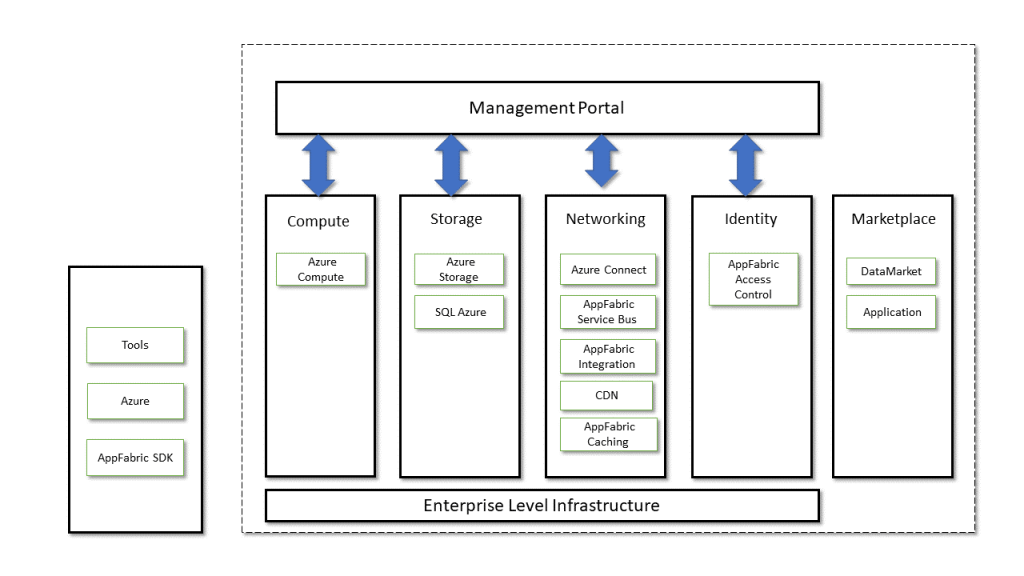
AppFabric is the middleware which comprises of services such as compute, storage, networking, and identity management. Azure is hosted within Microsoft data centers and is accessible from Microsoft Azure Management Portal. Next, let’s talk about the middleware in detail below, as services.
Let us now explore some of the services that are provided by Microsoft Azure in the segment below.
Microsoft Azure Services
By now, you might be having a rough idea about the entire cloud services and what is Microsoft Azure. Let us deep-dive into the Azure services.
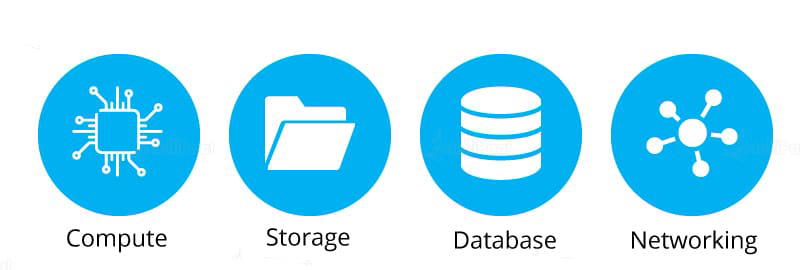
There is an endless list of services that Microsoft Azure provides you with. We will be focusing on all the important services which are frequently asked in the certification exams.
For better understanding, let’s categorize them into domains as follows:
- Azure Compute
- Azure Networking
- Azure Storage
- Azure Database
Azure Compute
It gives the products that are of building level which determines the execution of an application deployed in the Azure platform. Following are the different services that Azure provides:
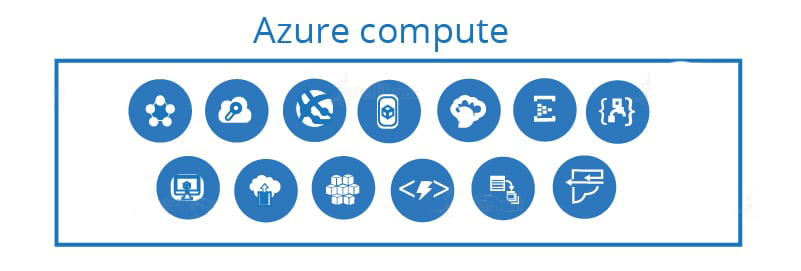
Azure Virtual machine: it is an environment that allows the user to have a similar experience as that of while using dedicated hardware.
- Azure Virtual Machine Set: They are used to create thousands of identical virtual machines in a jiffy.
- Azure Container Service: Containers are packages that do not need virtual machines and instead depend on virtual isolation to run applications that have shared OS kernel. And Azure container service creates a container hosting solution.
- Azure Container Registry: It is used to store and manage container images.
- Azure Functions: It doesn’t have a server and lets you run code-on-demand without infrastructure.
- Azure Batch: It is used to scale N number of virtual machines at a time.
- Azure Service Fabric: It is a distributed platform that simplifies the deployment and lifecycle management of a small service-based application.
- Azure Cloud Services: They focus on apps and support Java, Node.js, PHP, Python, .Net, and Ruby.
- Web Apps: They create and deploy web apps at scale very quickly.
- Azure Mobile App: It is used in building and hosting backend for any application on mobile.
- API Apps: It is used to build cloud APIs easily.
- Azure Search: It provides search-as-a-service which is fully managed.
- Notification Hubs: They are used to send push notifications to any platform from any backend easily.
- Azure Logic Apps: It is a cloud service that will help you in automating workflows, business processes, etc.
- Azure Event Hub: It is a collection of events that can be stored


